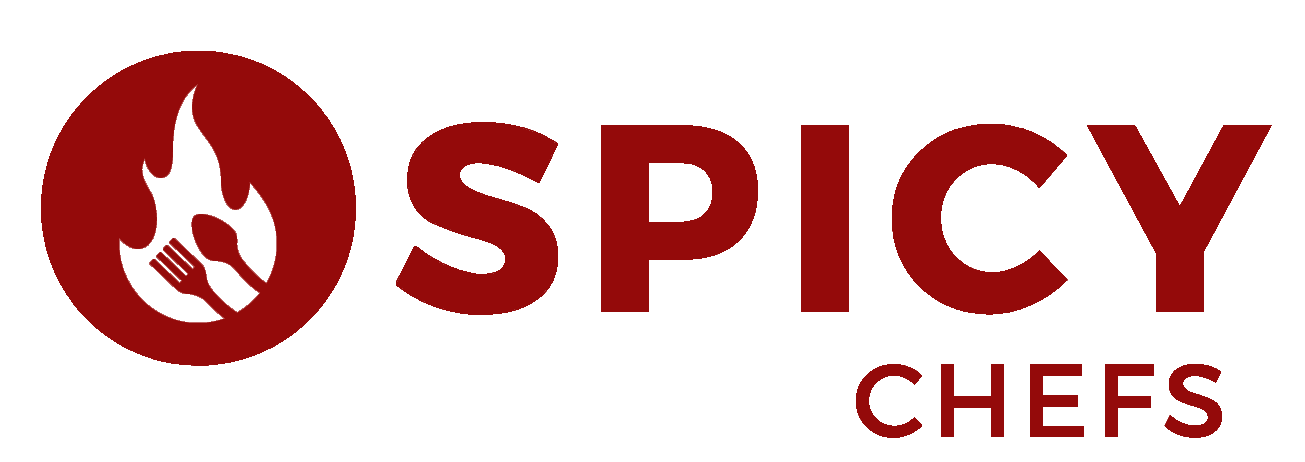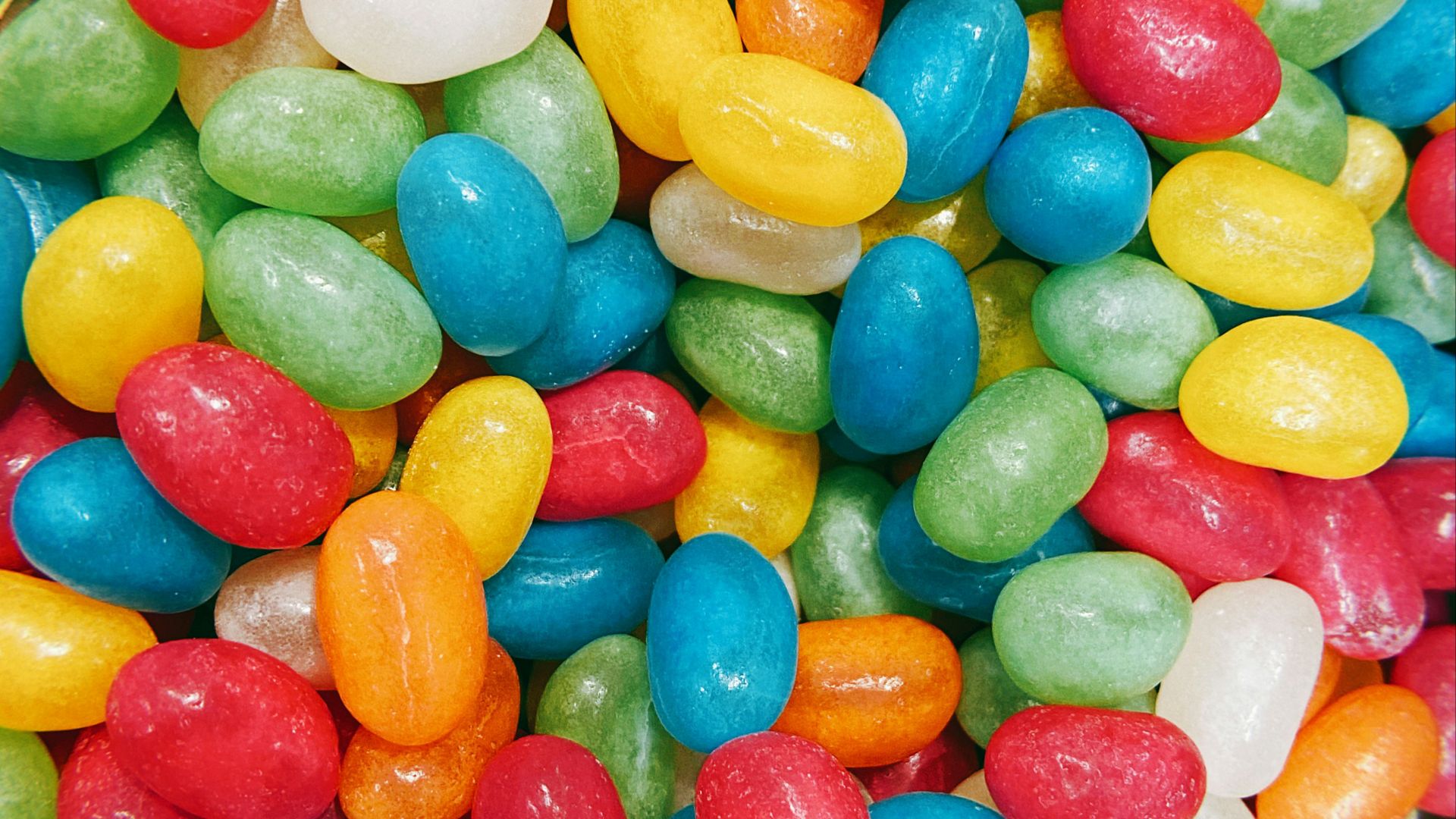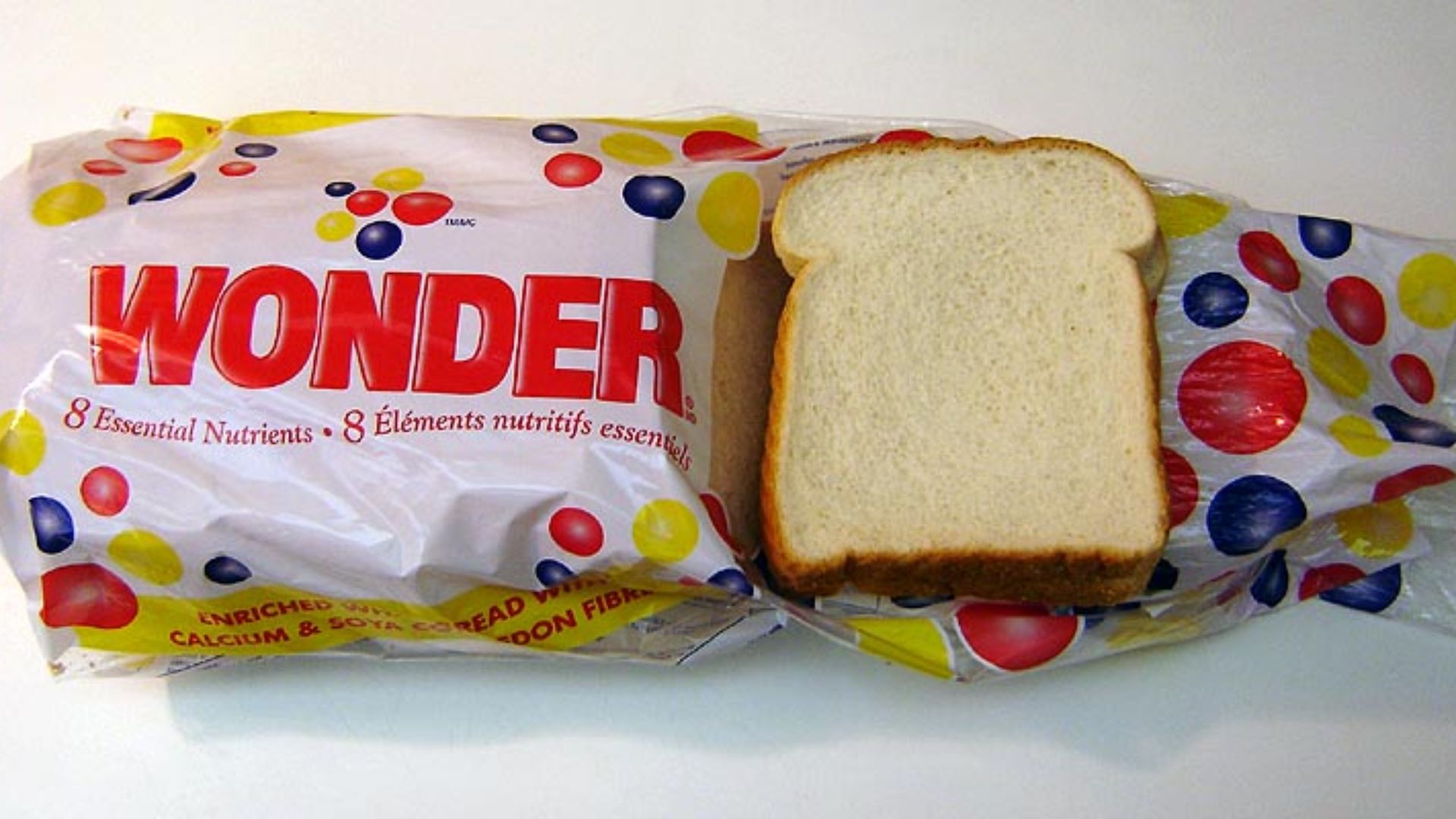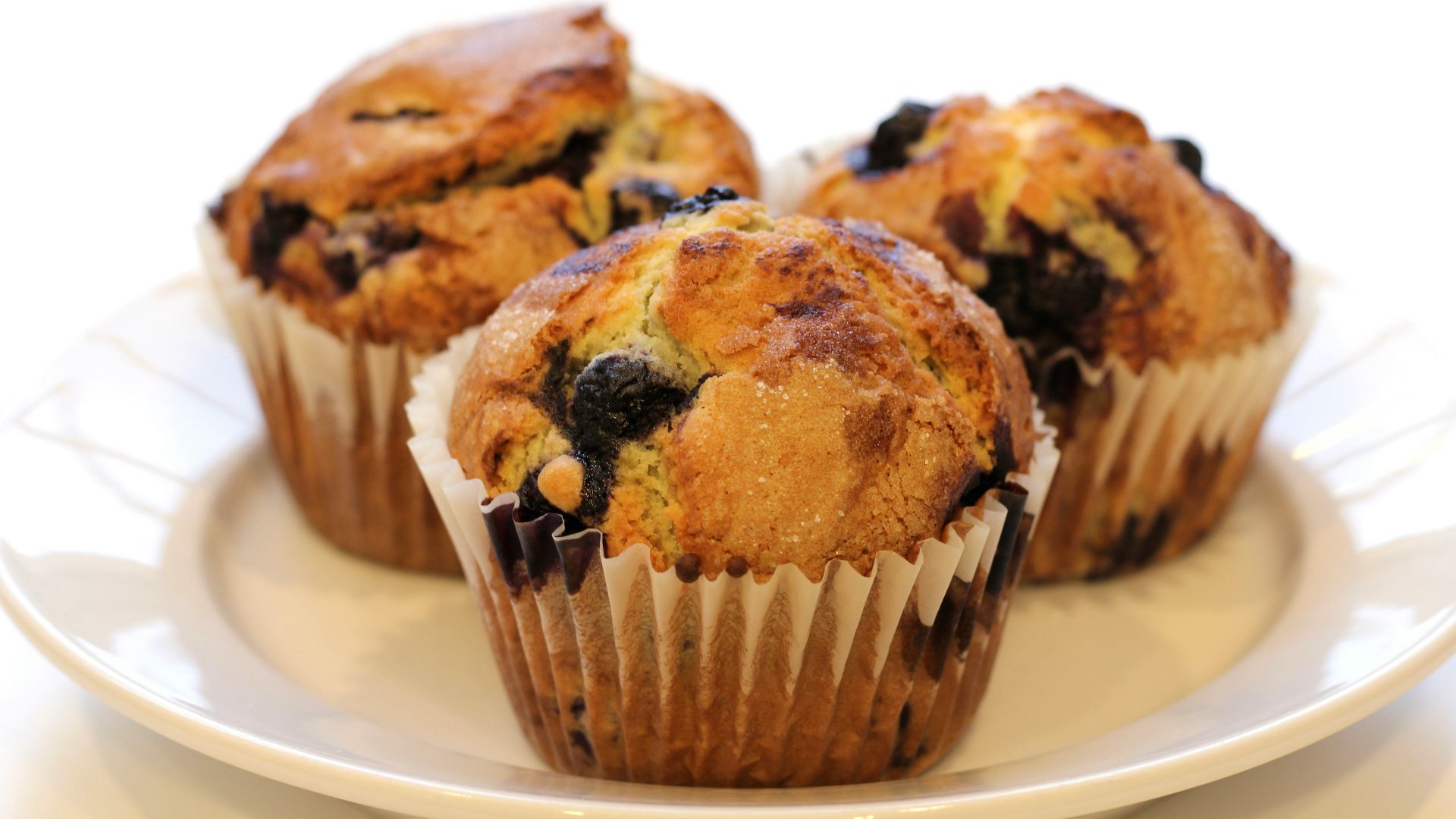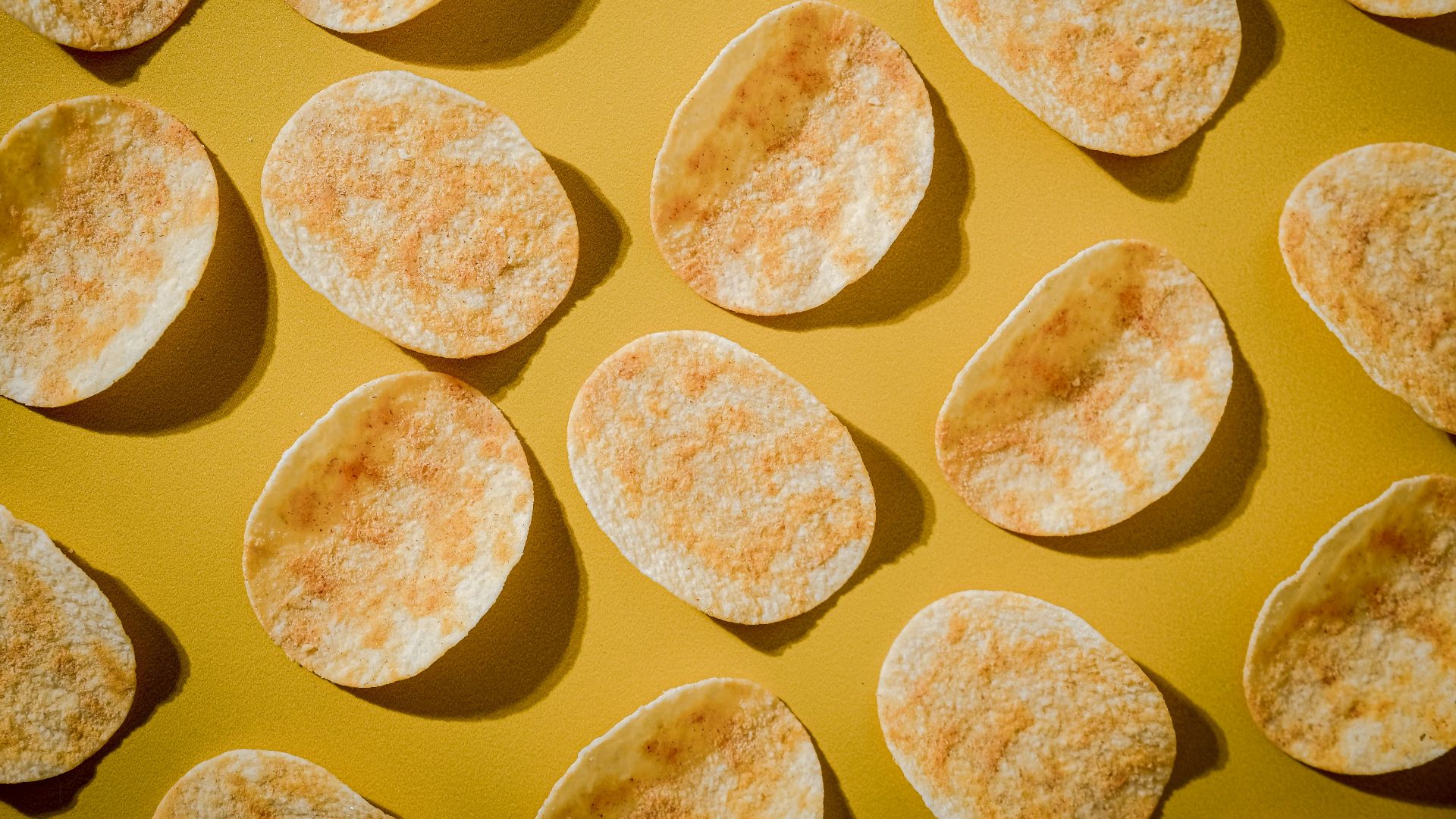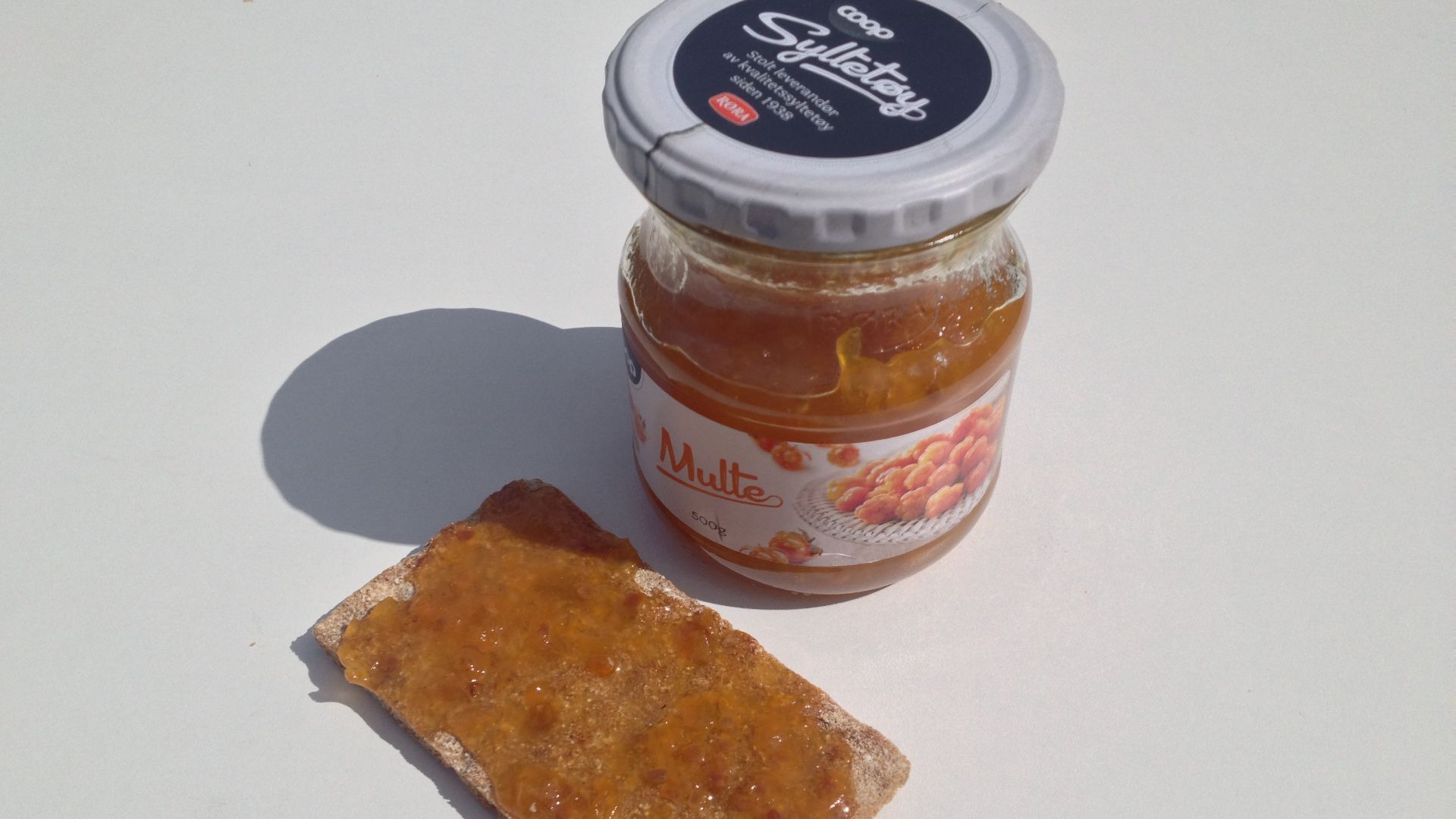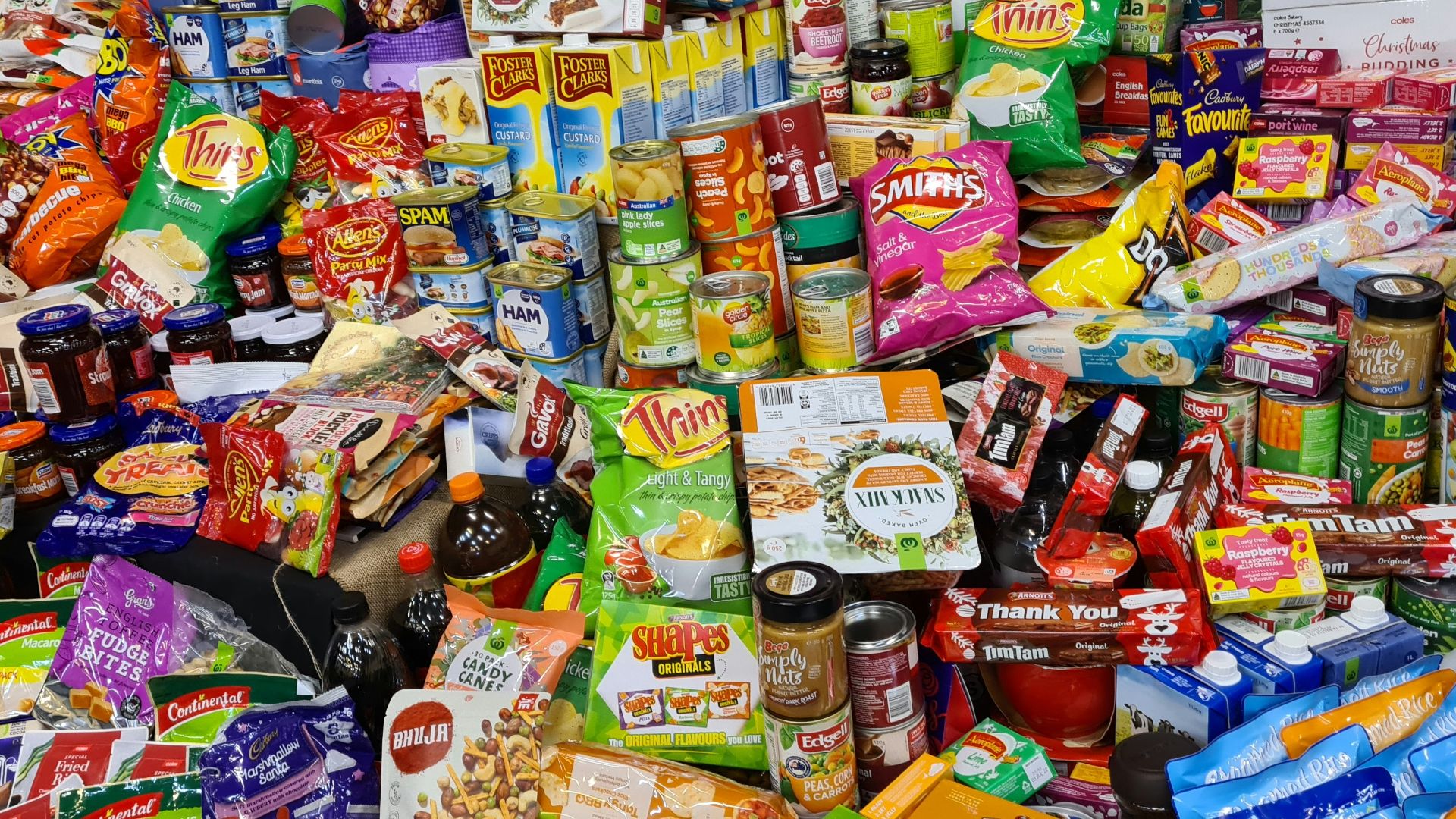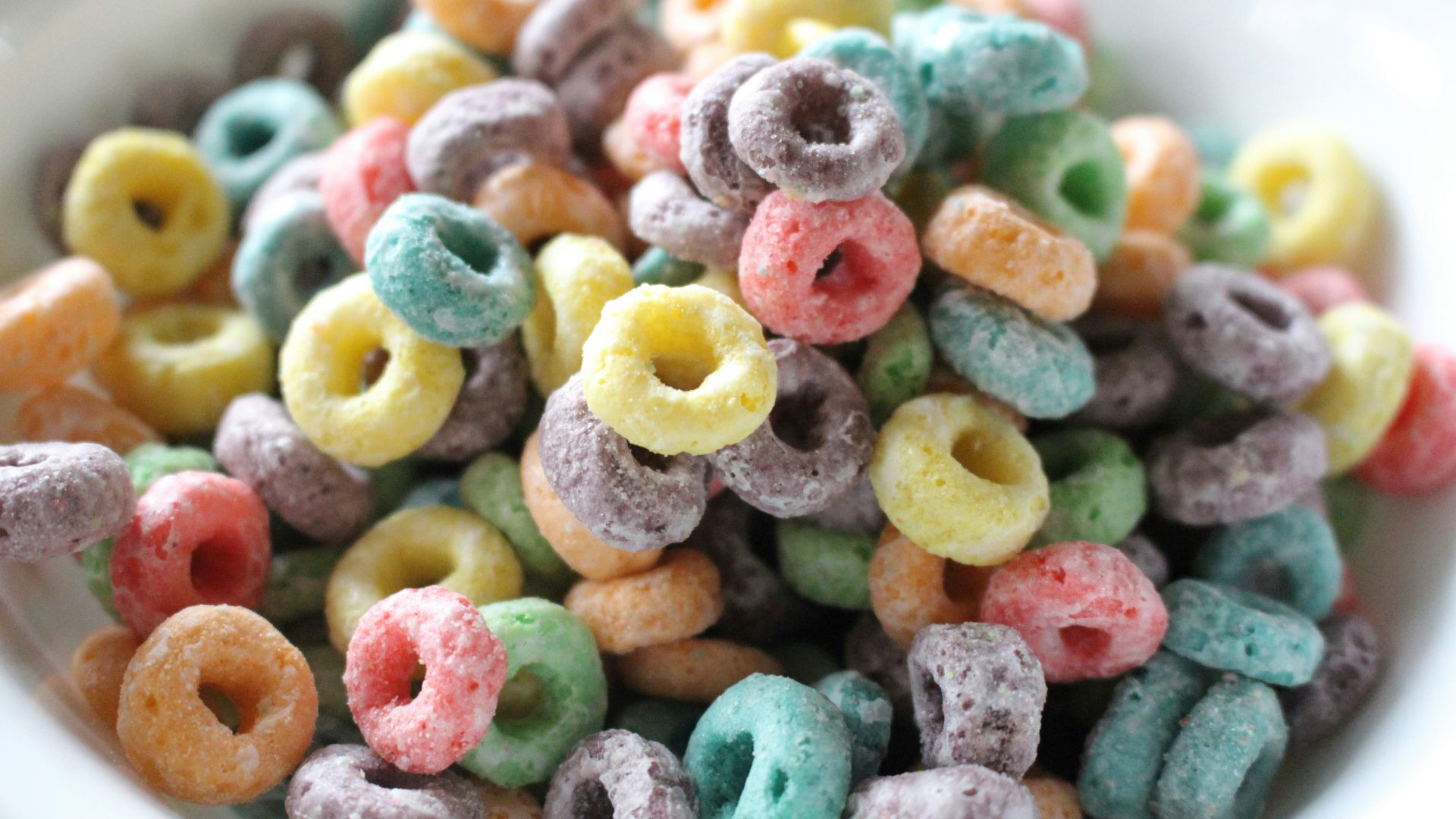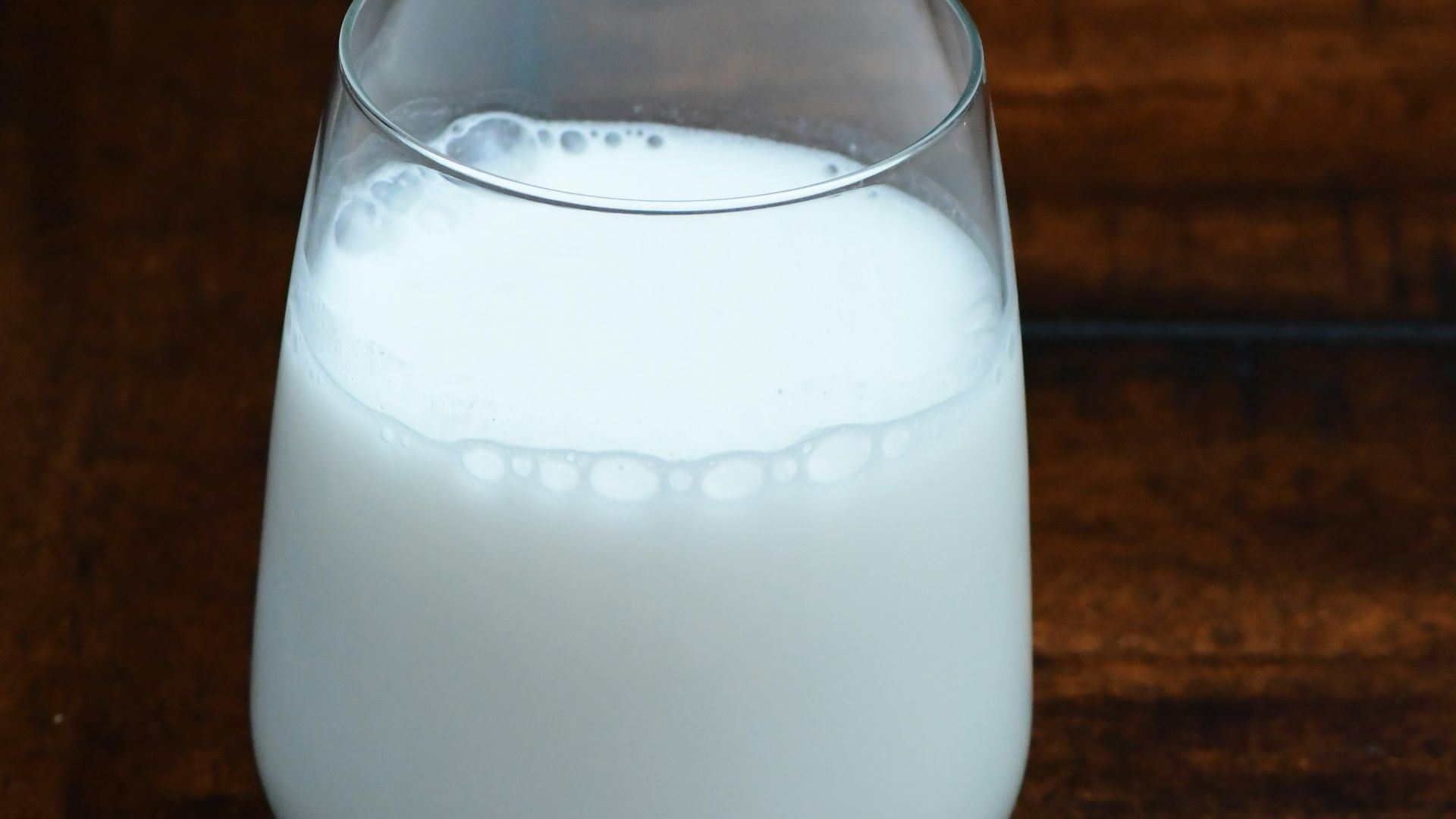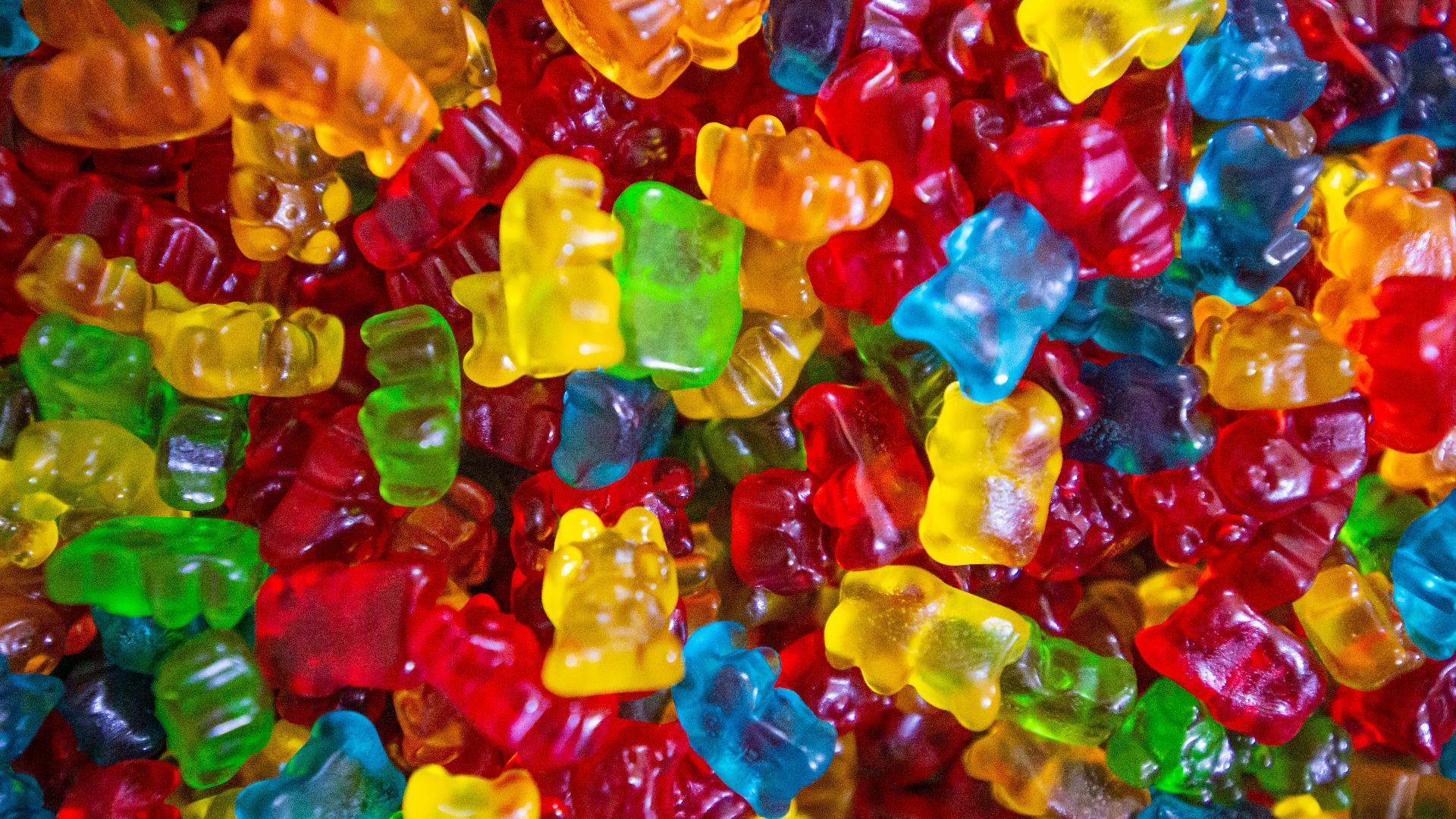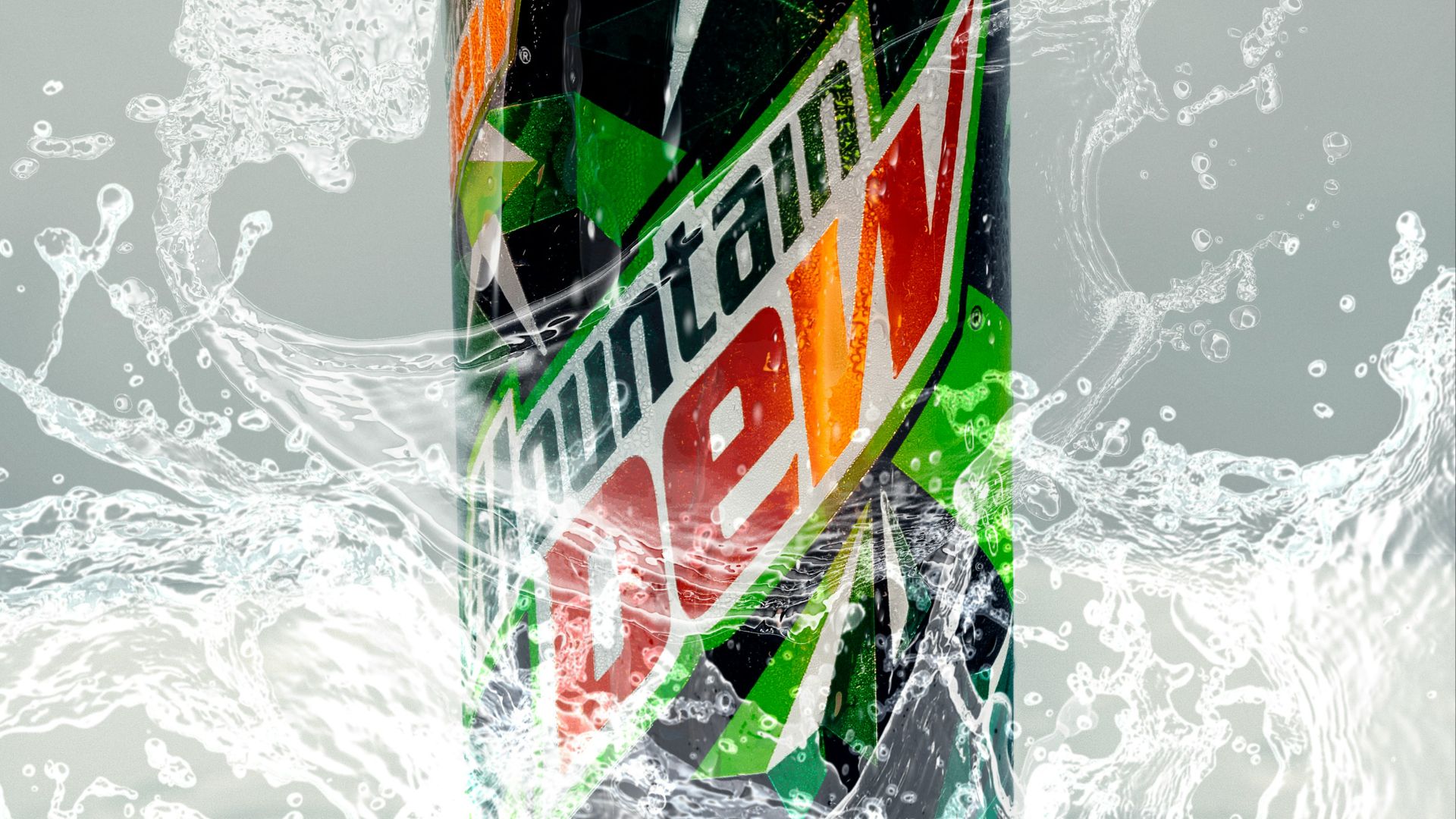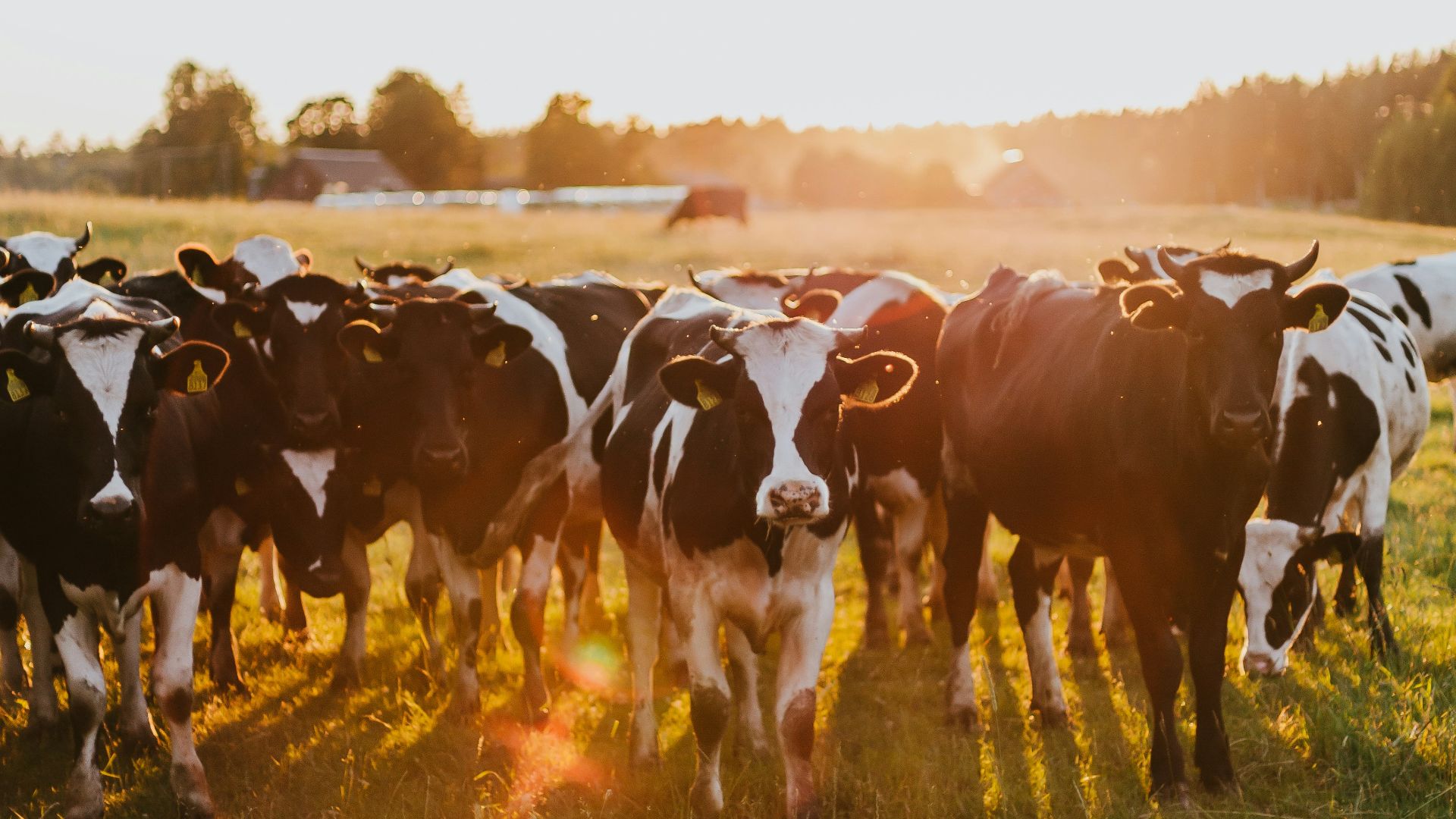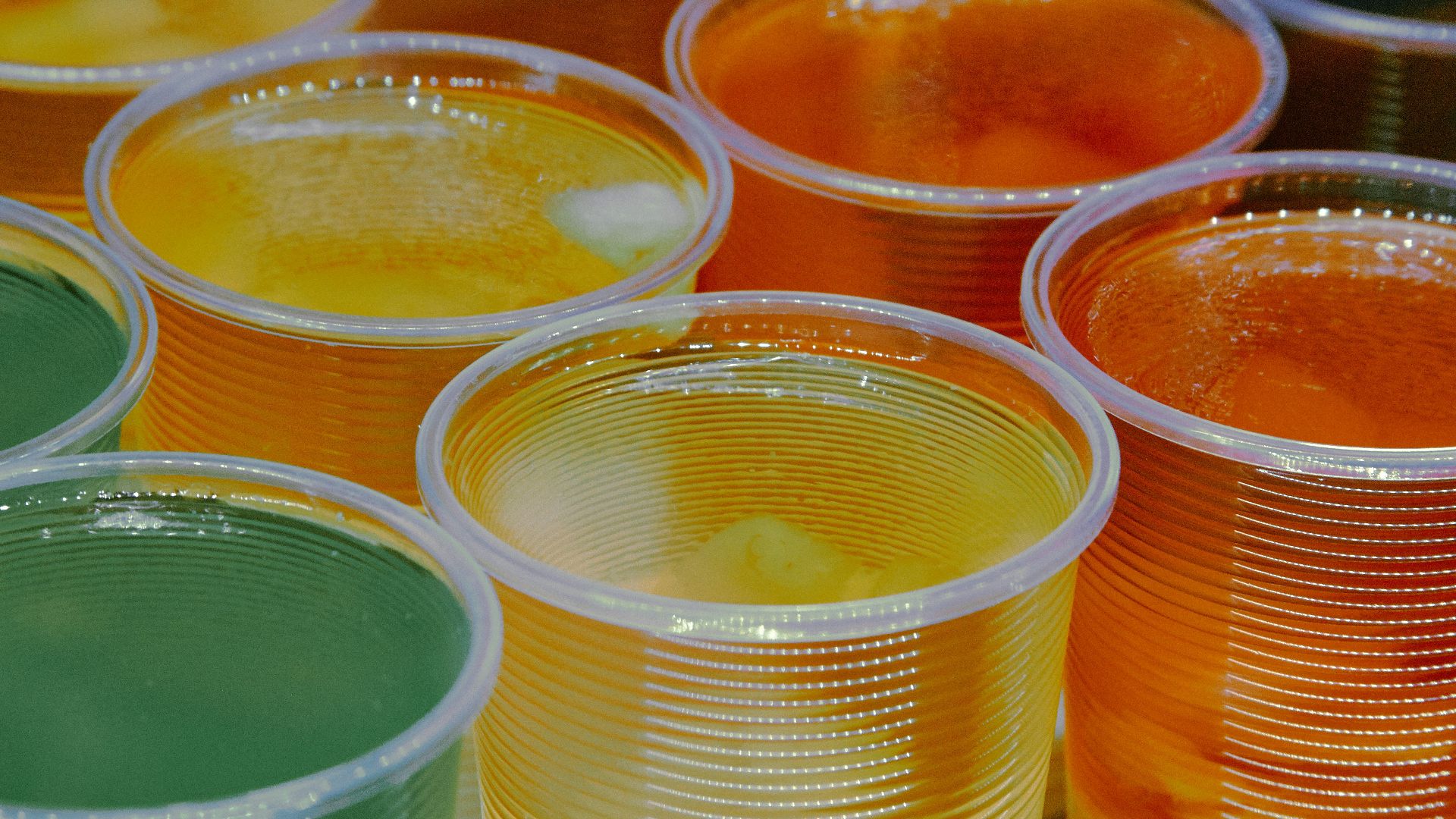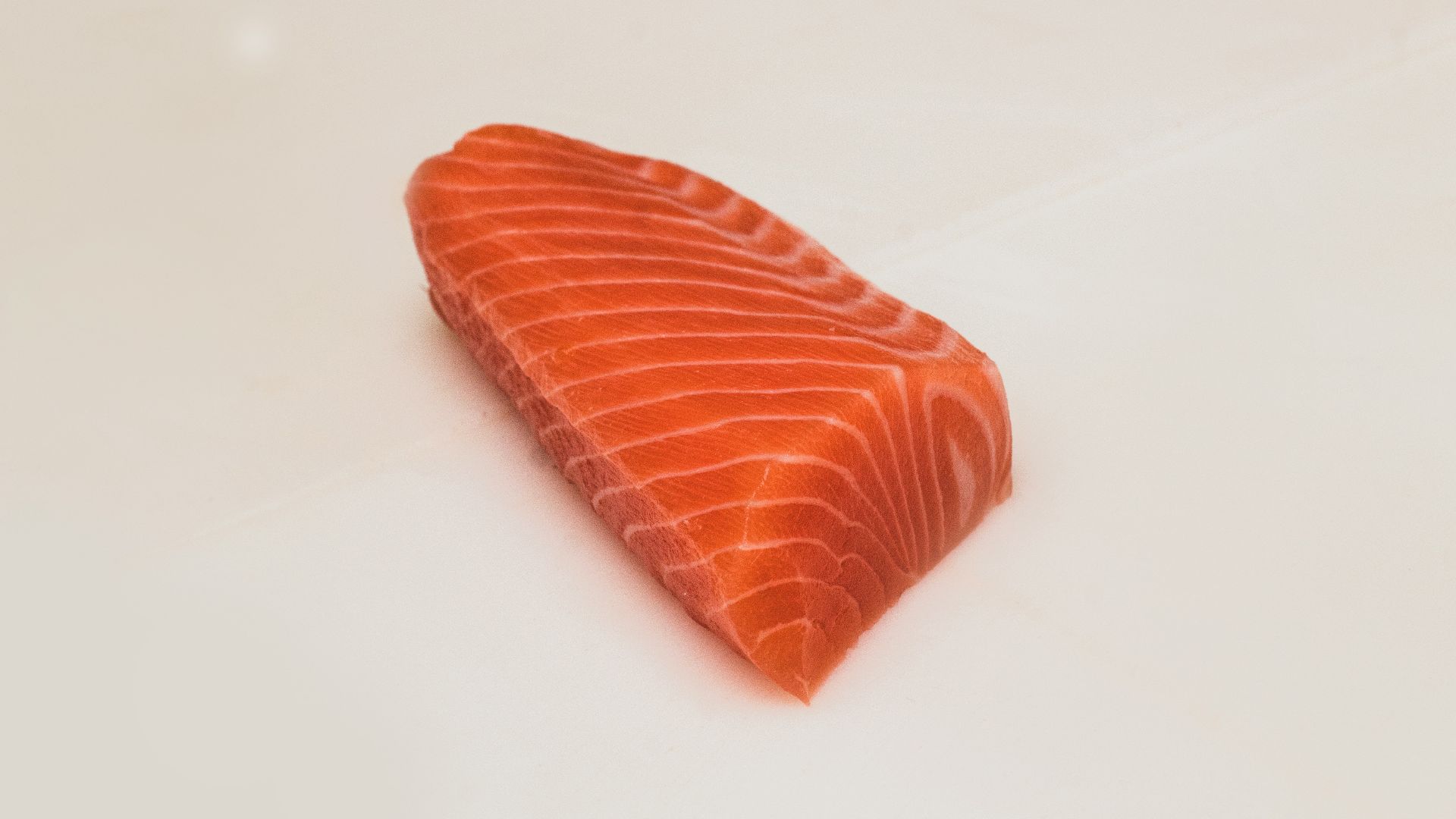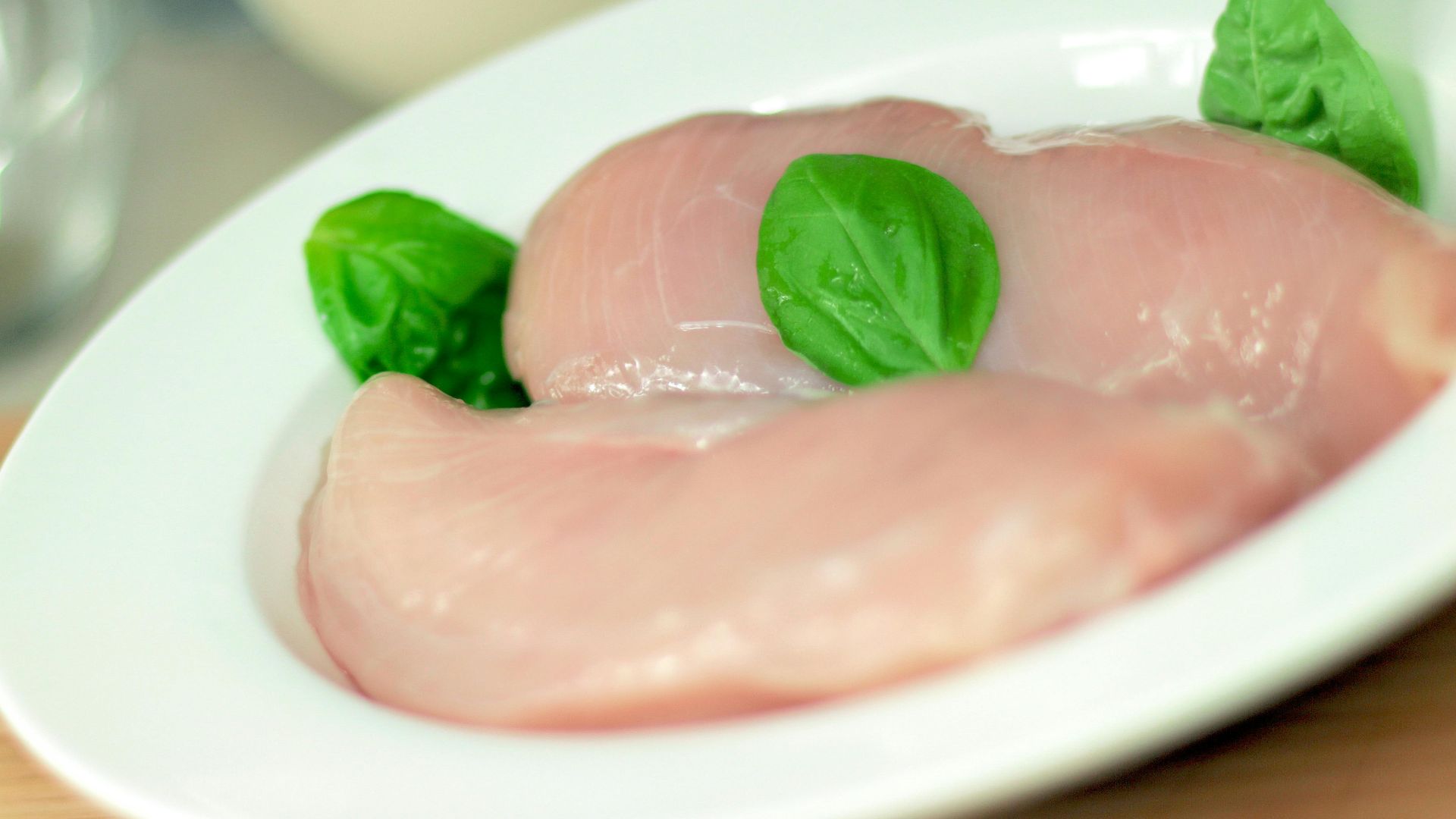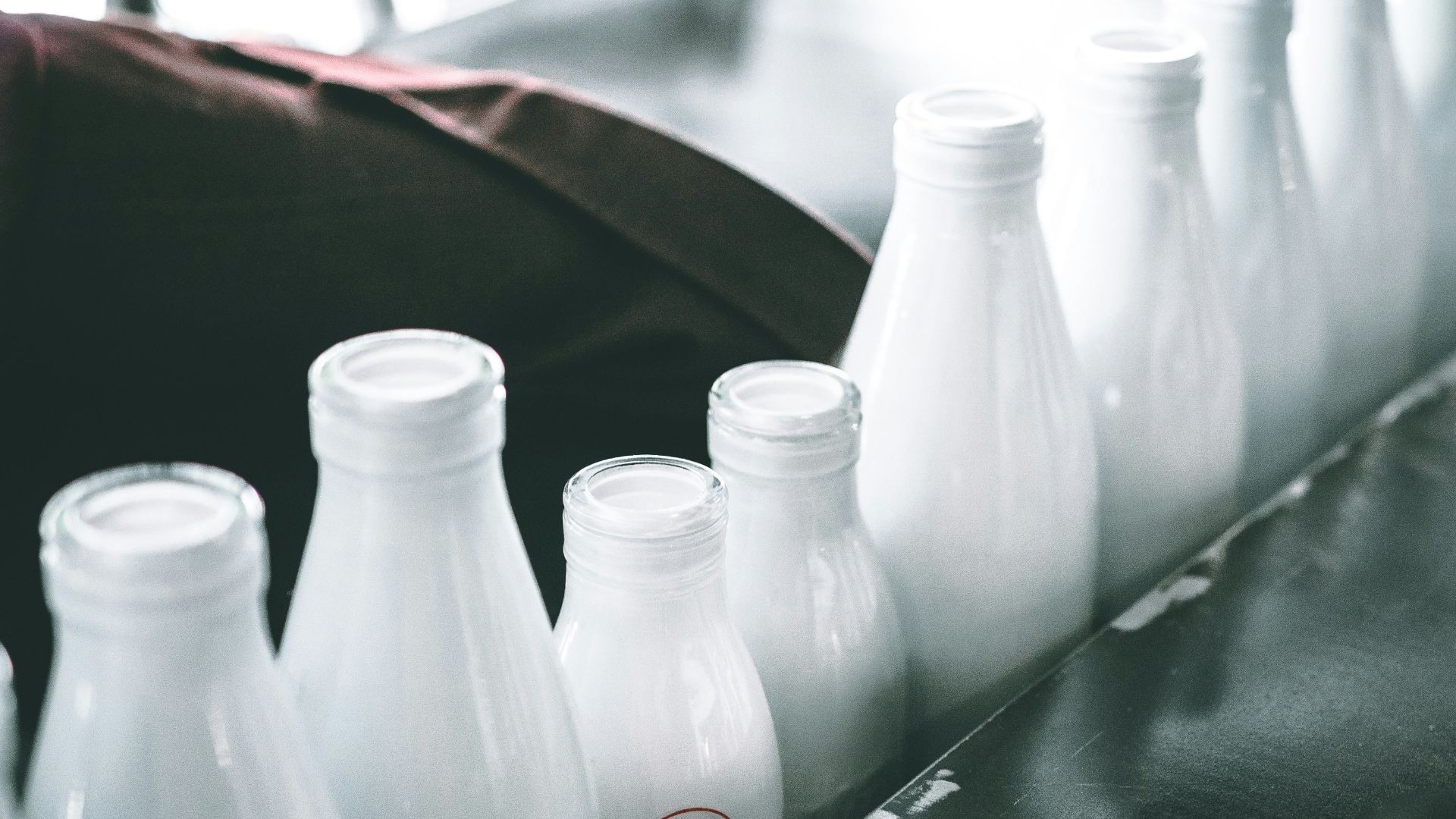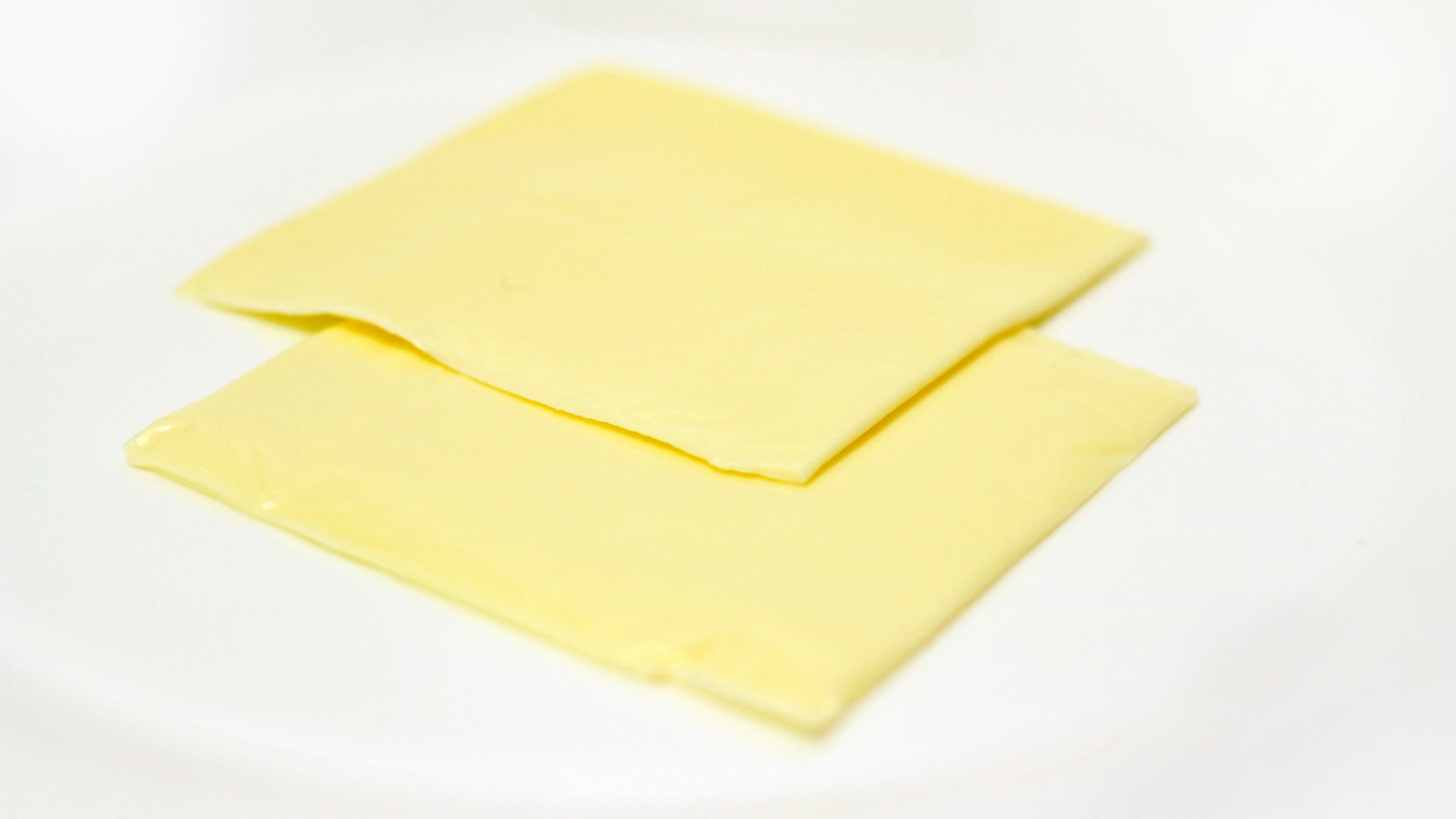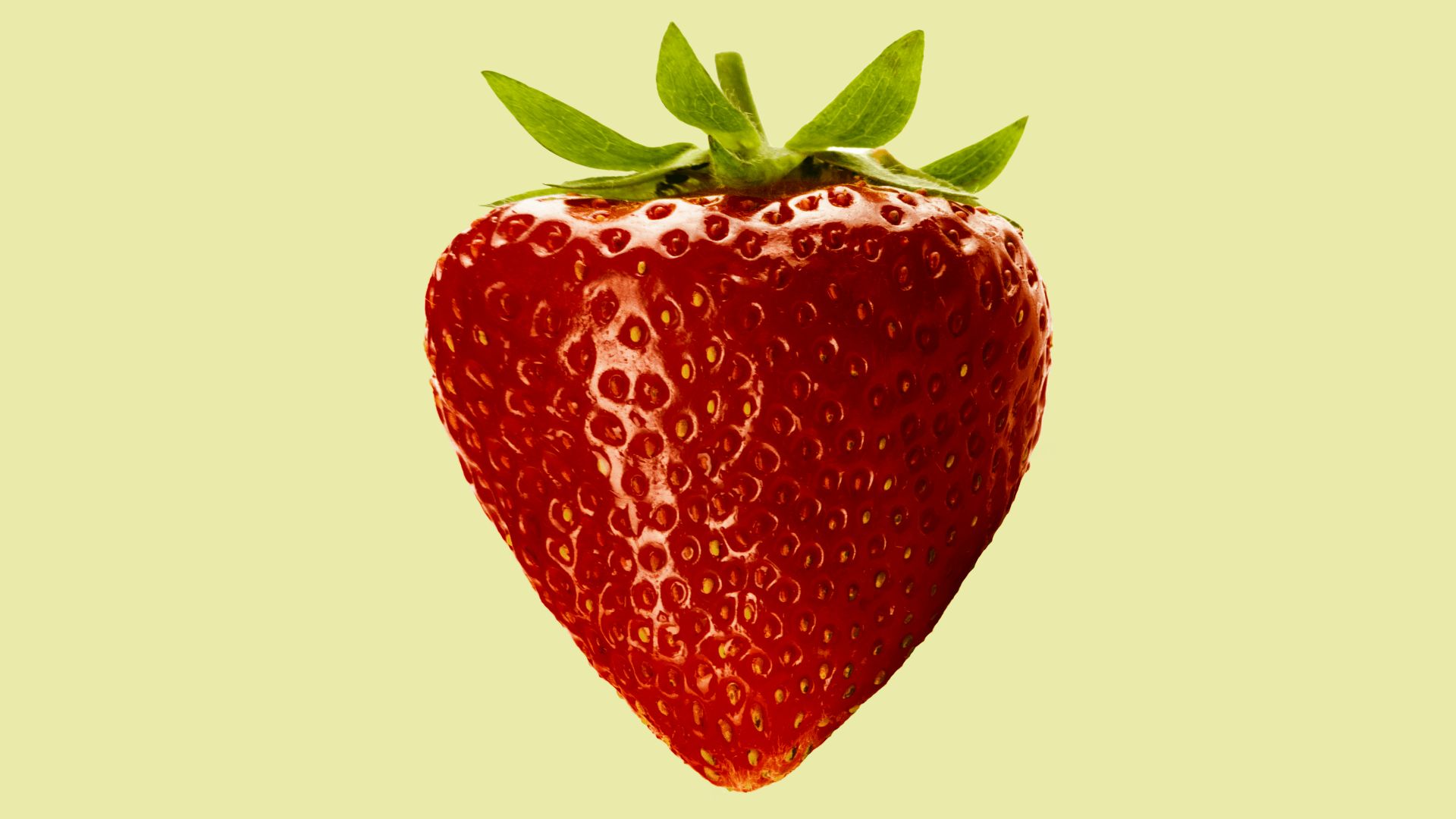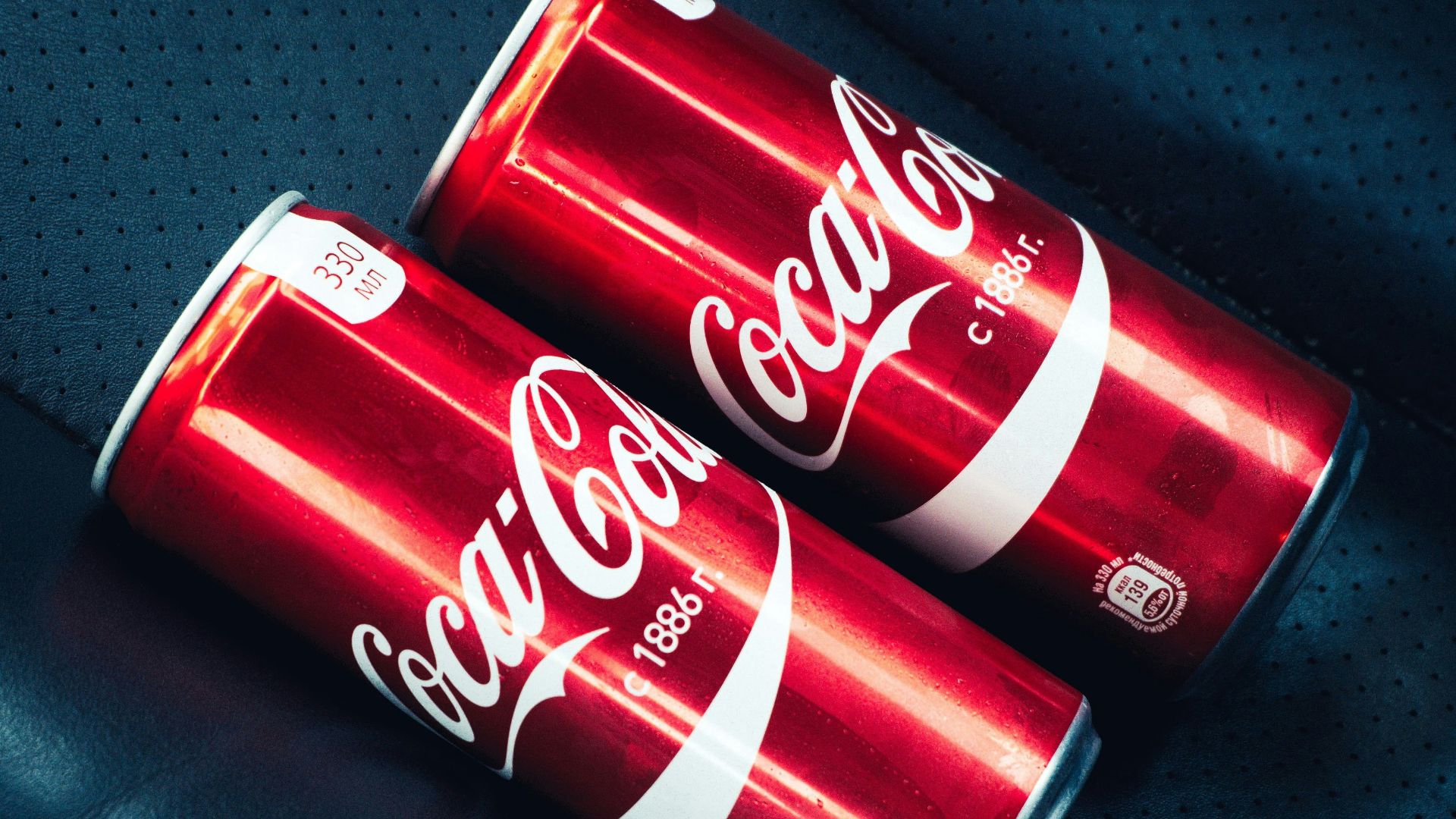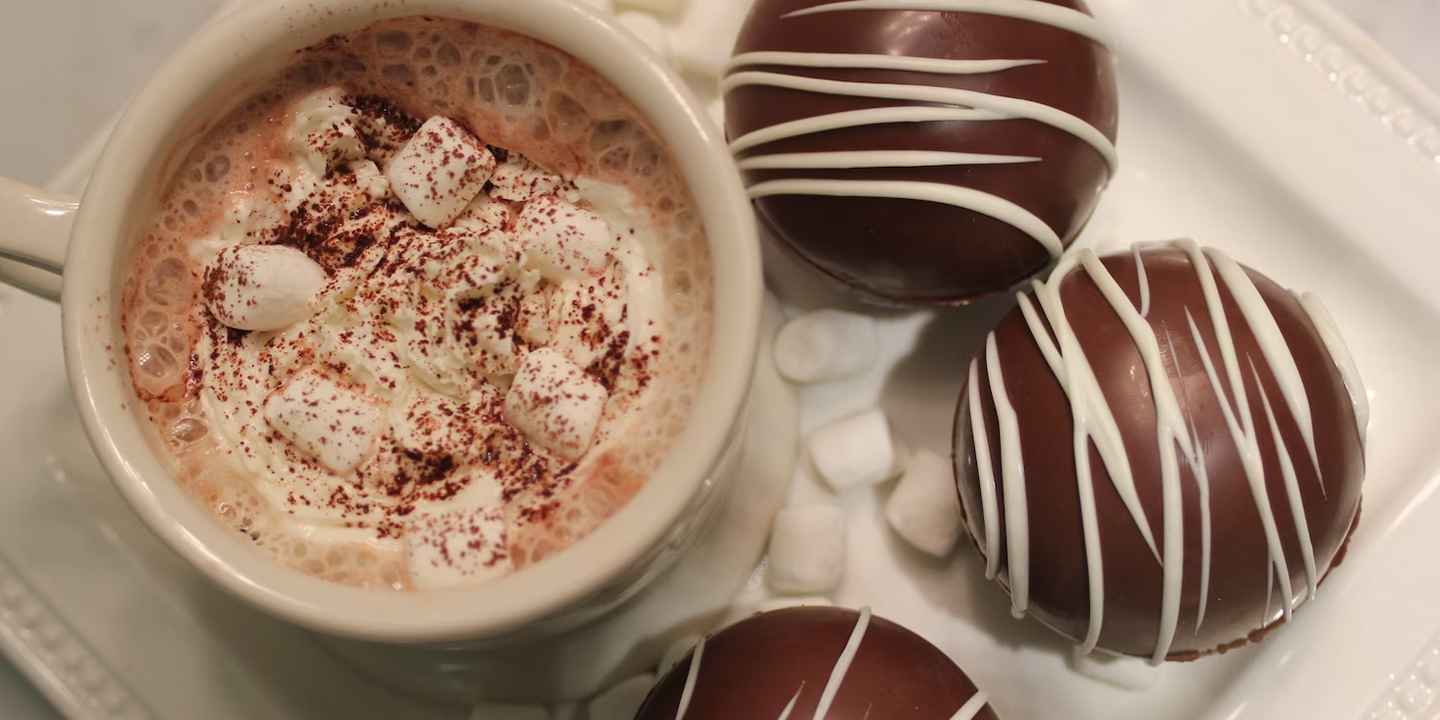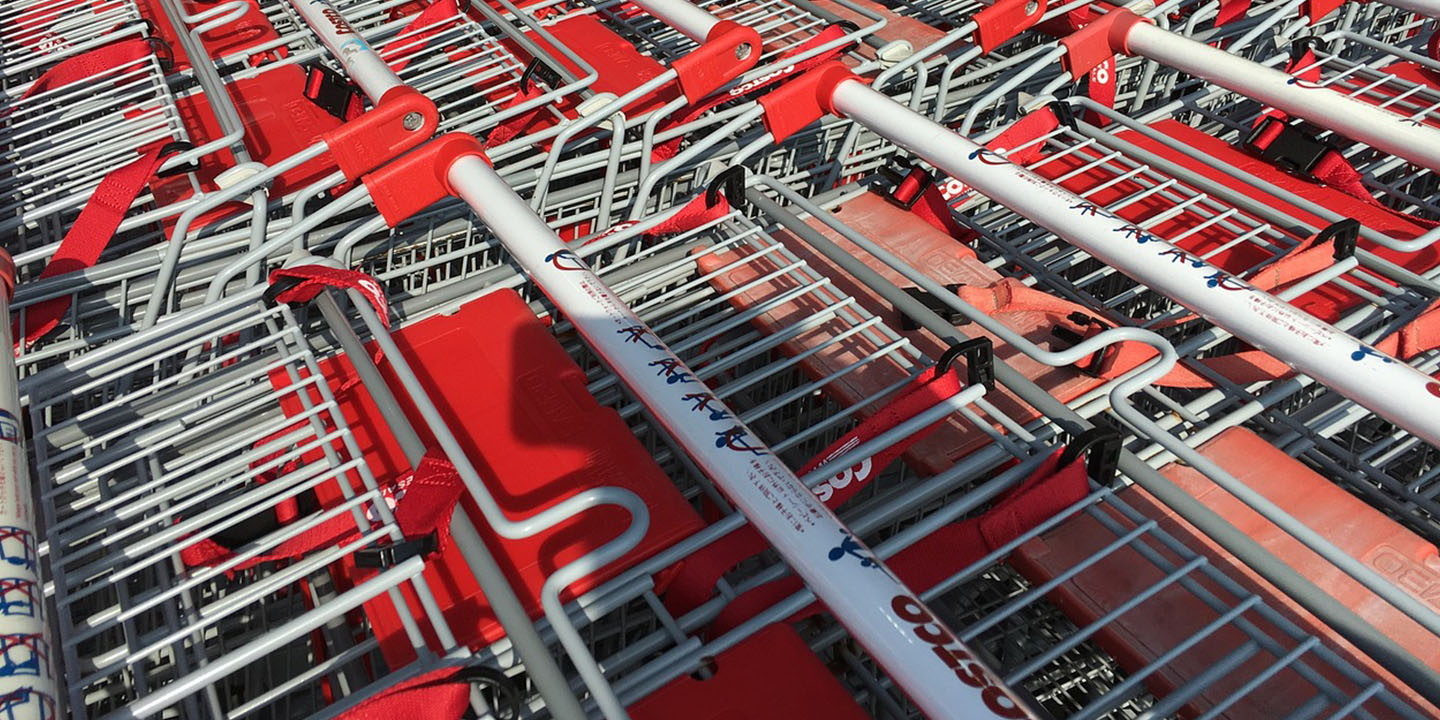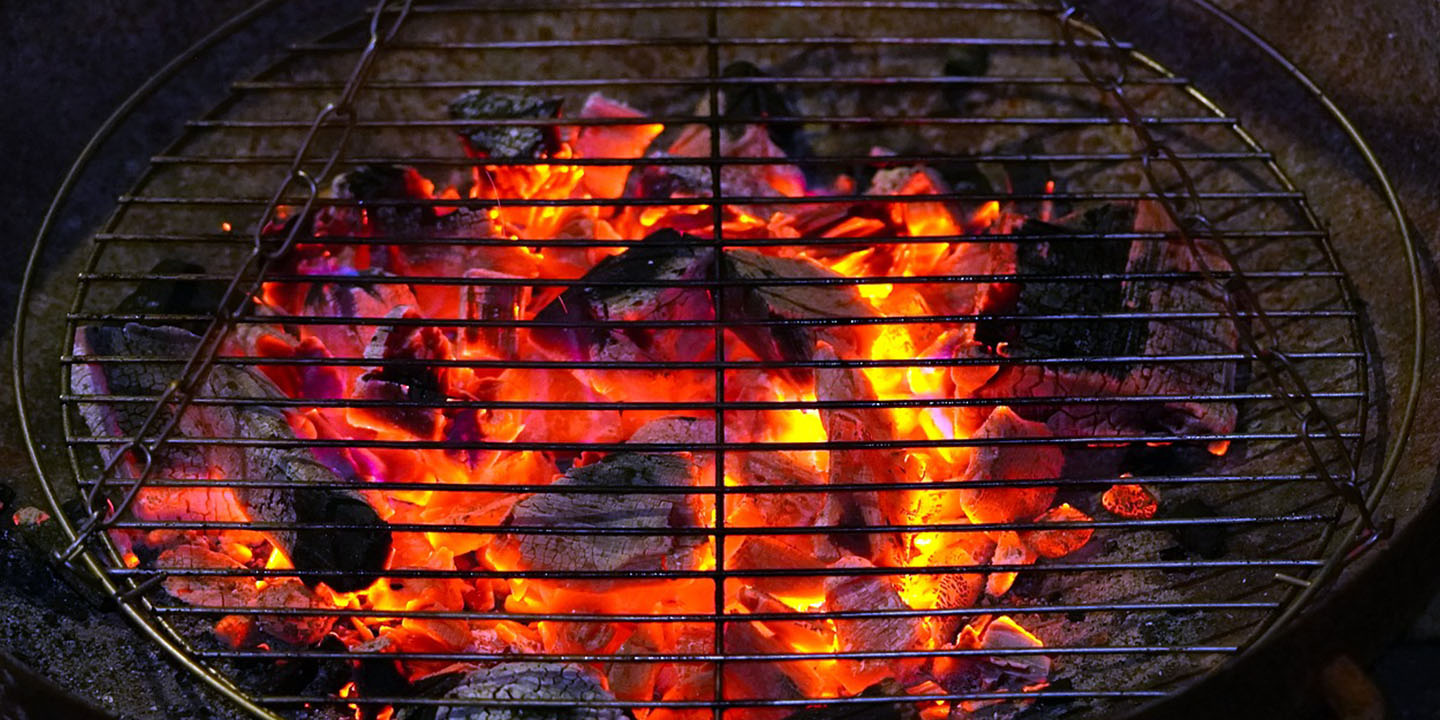20 Food Ingredients That Are Banned Overseas But Legal In The US
Is Your Food Making You Sick?
The food on American shelves might look familiar, but many everyday ingredients hiding in packaged snacks, drinks, and baked goods wouldn’t make it past the border in other countries. While other places like the EU use a precautionary approach to food bans, not allowing its use if the safety can't be definitely proven, the US is a little less cautious. Here are 20 food ingredients banned in other countries but still used in the US.
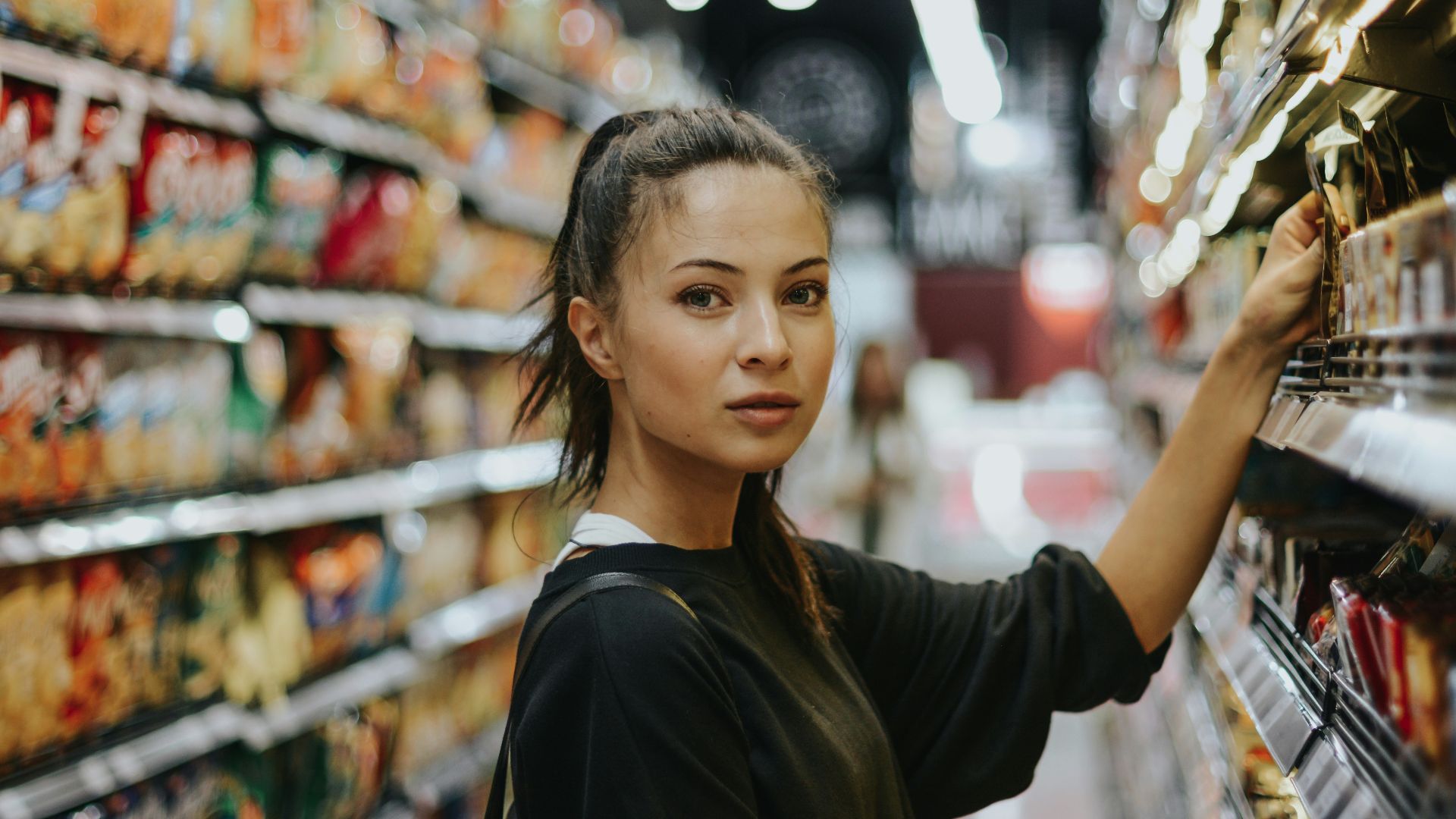 Joshua Rawson-Harris on Unsplas
Joshua Rawson-Harris on Unsplas
1. Titanium Dioxide
Titanium dioxide is used to brighten foods like candies and gum. It was banned in the European Union in 2022 because research suggests it may damage the immune system and be a carcinogen.
2. Potassium Bromate
Potassium bromate is used as an additive, particularly in bread, to strengthen the dough and make it rise. It's been banned in several countries, including the EU, UK, Canada, and China, because it's a potential carcinogen.
3. Azodicarbonamide
Azodicarbonamide is a chemical compound used in some baked goods as a dough conditioner and to make them whiter. It's banned in the UK, EU, and Australia because studies suggest it may be carcinogenic.
4. Butylated Hydroxyanisole
Butylated Hydroxyanisole is a synthetic antioxidant used in processed foods and food packaging as a preservative. It's banned or restricted in the EU, Canada, and Japan because it's been linked to an increased risk of cancer.
5. Parabens
Parabens are found in processed foods like sauces, jams, pickles, beer, and ice cream to extend shelf life. They're banned in the EU and Southeast Asia because of their link to certain birth defects.
6. Propylparaben
Propylparaben is used in foods like baked goods and packaged snacks as a preservative. It's banned in the EU because studies have found it interferes with the body's hormones and may cause cancer.
7. Butylated Hydroxytoluene
Butylated hydroxytoluene is a chemical antioxidant used as a preservative in foods like breakfast cereals, chips, and frozen foods. Its use in food is banned in the EU, UK, and Japan because it's a known hormone disruptor and possible carcinogen.
8. Bovine Growth Hormone
Bovine growth hormone is used in the American dairy industry to increase milk production. It's banned in Canada and the EU because of its link to certain types of cancer.
9. Food Dyes
Synthetic food dyes are used to make foods like candies, breakfast cereals, and baked goods appear colorful. However, the EU, Australia, New Zealand, and the UK have all either restricted the use of certain dyes or banned them entirely because they've been linked to hyperactivity and ADHD in kids.
10. Brominated Vegetable Oil
Brominated vegetable oil (BVO) is a chemically modified vegetable oil used in citrusy beverages as an emulsifier. It's been banned in the EU, Japan, and Canada because studies have found it can damage organs like the liver and heart.
11. Ractopamine
Ractopamine is an animal feed additive that increases muscle growth and reduces fat in pigs and cattle. It's been banned in the EU, China, and Russia because of its possible link to heart disease in humans.
12. Carrageenan
Carrageenan is a food thickener and stabilizer derived from seaweed. It's been banned for use in infant formula in the EU because of its possible link to inflammation in the digestive tract.
13. Olestra
Olestra is a zero-calorie fat substitute that was all the rage in the 80s. It's banned in the EU and Canada because of its link to gastrointestinal issues and its interference with nutrient absorption.
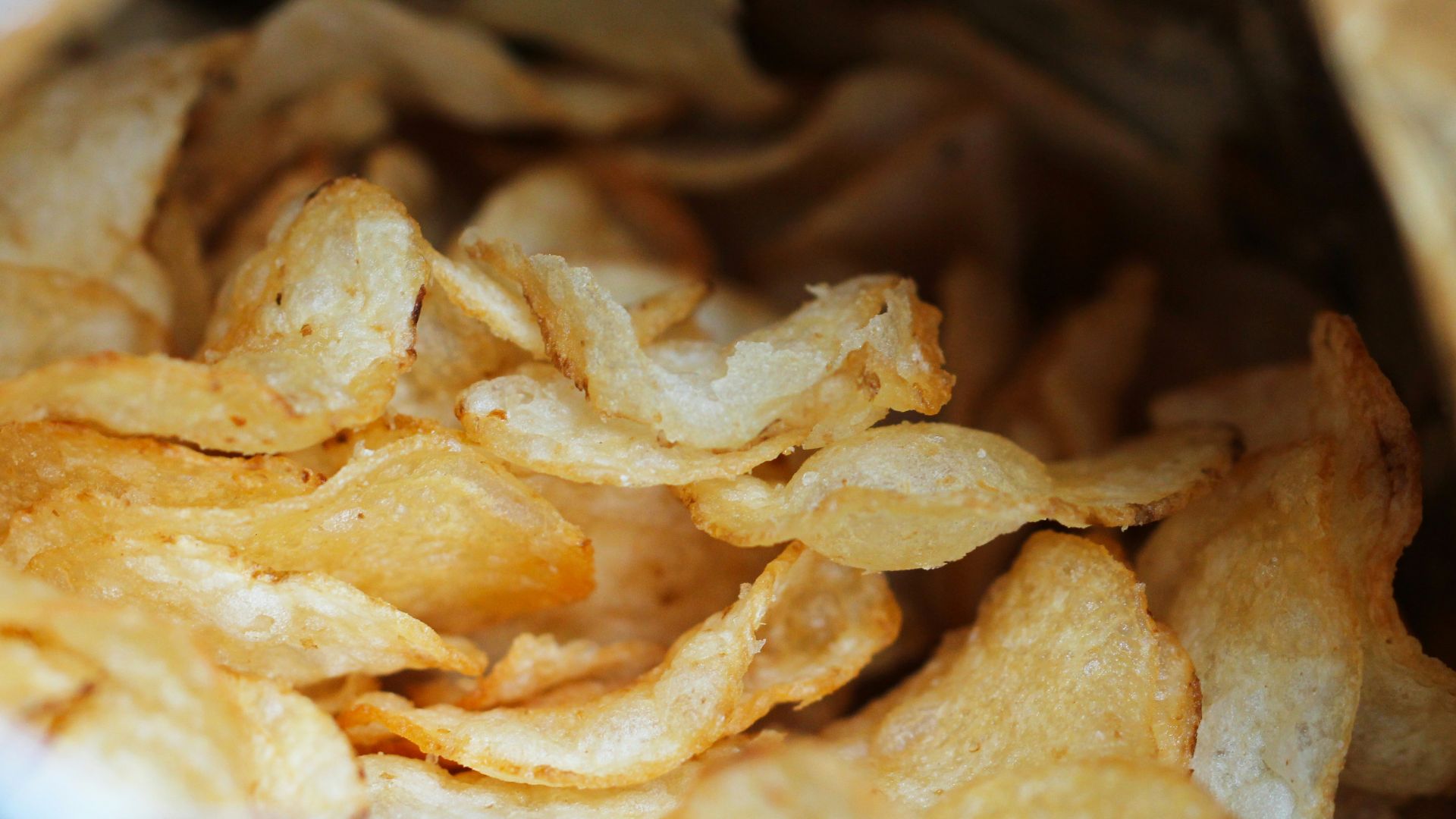 Esperanza Doronila on Unsplash
Esperanza Doronila on Unsplash
14. Astaxanthin
Astaxanthin is a red-orange pigment found in fish and seafood. While it's naturally occuring in certain sea animals, a synthetic version is also added to farm-raised salmon by the fishing industry to give it a brighter hue. Australia and New Zealand have banned it in this context, while the EU has placed restrictions on it because of its potential toxicity in humans and link to eye damage.
15. Chlorine
In the US, chlorine is used to wash chicken to reduce the risk of Salmonella. However, this practice is banned in the EU and the UK because ingesting chlorine can cause tissue damage and digestive irritation.
16. Recombinant Bovine Somatotropin
Recombinant bovine somatotropin is a chemical hormone used to increase milk production in cows in the US. It's banned in the EU, Japan, Australia, and Canada because of animal welfare concerns and the higher risk of health issues in cows.
17. Tertiary Butylhydroquinone
Tertiary butylhydroquinone is a synthetic antioxidant used as a preservative in snack foods, vegetable oils, and frozen foods. It's banned in Japan and Brazil because it's been found to be a potential carcinogen and toxin.
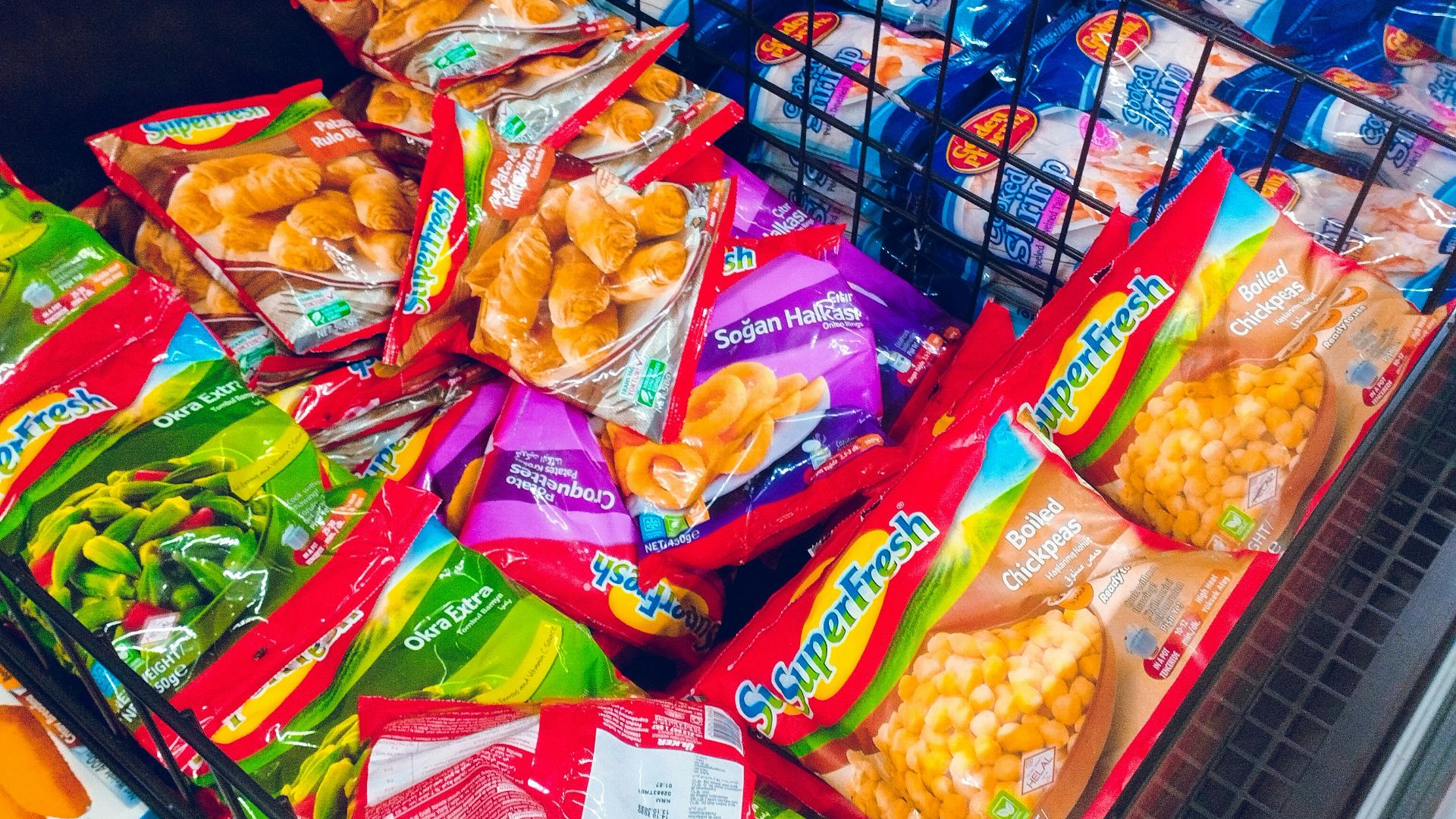 Muhammed A. Mustapha on Unsplash
Muhammed A. Mustapha on Unsplash
18. Aluminum Additives
Aluminum Additives are used as emulsifiers and raising agents in various products, including packaged baked goods and processed cheeses. While it's not outright banned, its use in foods is heavily regulated in the EU and Canada due to its possible link to Alzheimer's disease, bone degredation, and anemia.
19. Formaldehyde
Formaldehyde is used in certain foods like fish, fruits, and vegetables as a preservative. It's been banned in the EU, China, and Hong Kong where it's classified as a carcinogen.
20. High-Fructose Corn Syrup
High-fructose corn syrup is a sugar substitute found in countless products in the US, including Coca-Cola, packaged baked goods, and condiments. While its use isn't outright banned in other countries, it's restirdegradationdegradationces like the EU, Mexico, and Japan because of its link to obesity and diabetes.
KEEP ON READING

20 Food-Related Art Projects

